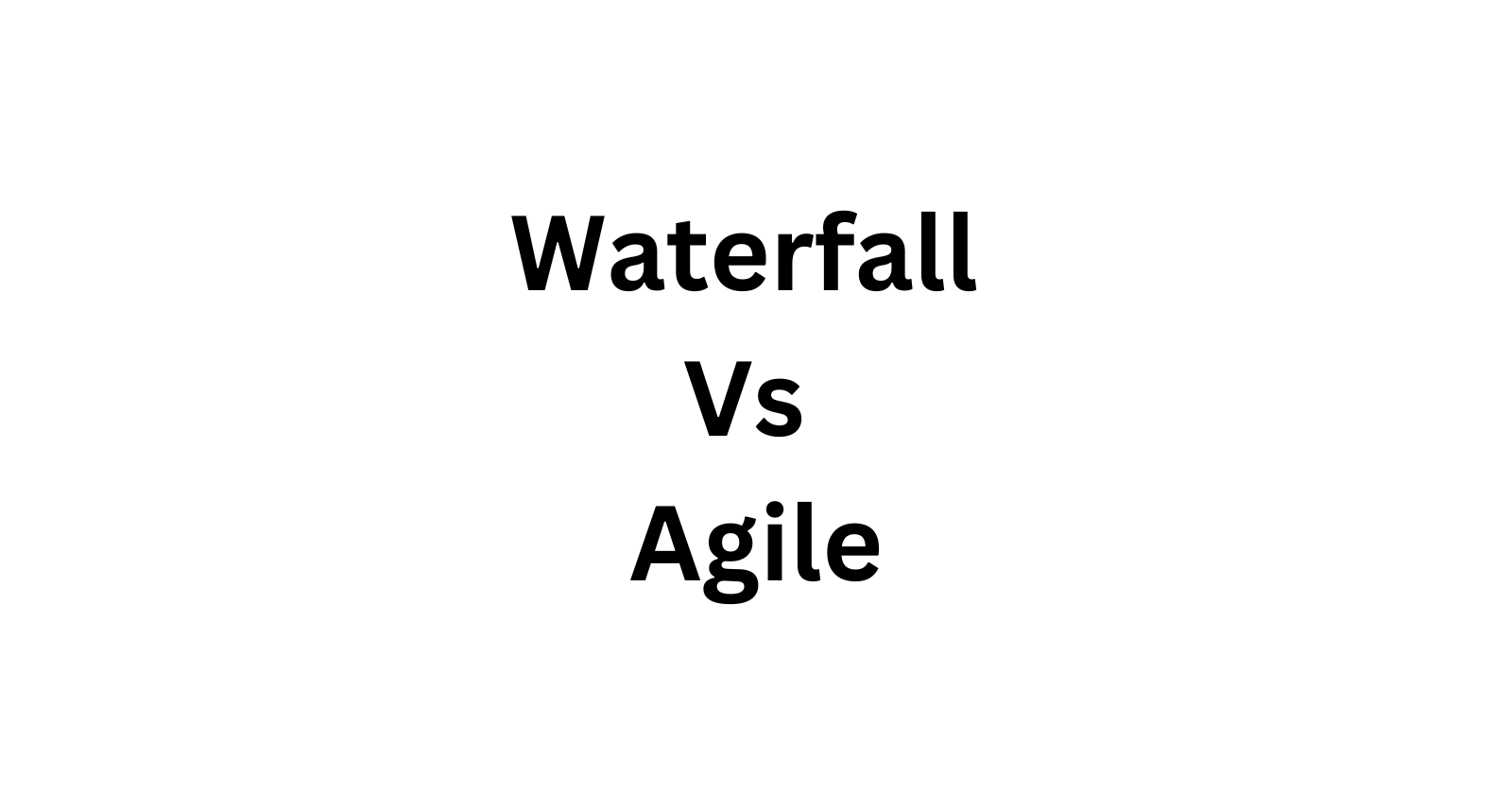Waterfall Vs Agile
 Amrutha D
Amrutha D
- Waterfall Vs. Agile: Which is Better for You and Why?
Waterfall and Agile are two different project management methodologies used in software development. Here's an explanation of each and their respective pros and cons without performing a plagiarism check:
Waterfall Model:
Description: Waterfall is a sequential and linear approach to software development. It divides the project into distinct phases, with each phase having to be completed before moving on to the next.
Pros:
Clear and distinct phases make it easy to plan and manage the development process.
Well-defined deliverables at the end of each phase allow for progress tracking and issue identification.
It's suitable for projects with stable, unchanging requirements.
Cons:
Assumes all requirements can be fully defined upfront, which is often not the case.
Inflexible and challenging to accommodate changes once a phase is completed.
Limited customer or end-user involvement until late in the process.
- Suitable for: Small projects with well-defined requirements and low uncertainty.
Agile Methodology:
Description: Agile is an iterative and flexible approach to project management. It emphasizes continuous delivery of working software, collaboration, and adaptability to change.
Pros:
Emphasizes flexibility, adaptability, and rapid delivery, suitable for fast-changing environments.
Encourages collaboration and communication among team members and stakeholders.
Allows for frequent iteration and customer feedback, leading to better alignment with customer needs.
Cons:
Less structured, making it more challenging to plan and manage.
Progress measurement and issue identification can be more difficult.
Challenging for some team members or stakeholders to adjust to Agile's way of working.
Suitable for: Projects with evolving requirements, high uncertainty, and a need for flexibility.
When to Use Waterfall or Agile?
The choice between Waterfall and Agile depends on factors like project scope, requirements, timeline, team size, budget, and organizational culture. Here are some guidelines:Use Waterfall when:
Project requirements are well-defined, stable, and not likely to change.
The project has a fixed budget, timeline, and scope.
There are no major unknowns or uncertainties.
The project is small, and the team is experienced with the technology and process.
Use Agile when:
Project requirements are likely to change or evolve.
The project has a high degree of uncertainty, complexity, or risk.
Rapid delivery of value to customers or end-users is required.
The team is open to continuous feedback, experimentation, and improvement.
The project is large, and the team may need to prioritize features or requirements.
- Which One Is Better?
There is no definitive answer. The choice between Waterfall and Agile depends on the project's specific characteristics and requirements. Waterfall is better for projects with well-defined requirements, while Agile is more suitable for projects with evolving requirements and high uncertainty. In some cases, a hybrid approach may be the best option.
In summary, both methodologies have their strengths and weaknesses, and the decision should be based on what aligns best with your project's unique needs, your team's capabilities, and your organization's culture and goals.
Subscribe to my newsletter
Read articles from Amrutha D directly inside your inbox. Subscribe to the newsletter, and don't miss out.
Written by

Amrutha D
Amrutha D
Gen AI Video Creator | Gen AIOps | AIOps Cloud DevOps Engineer | Let's Connect & share Technical knowledge & grow together in Technologies Everyday..